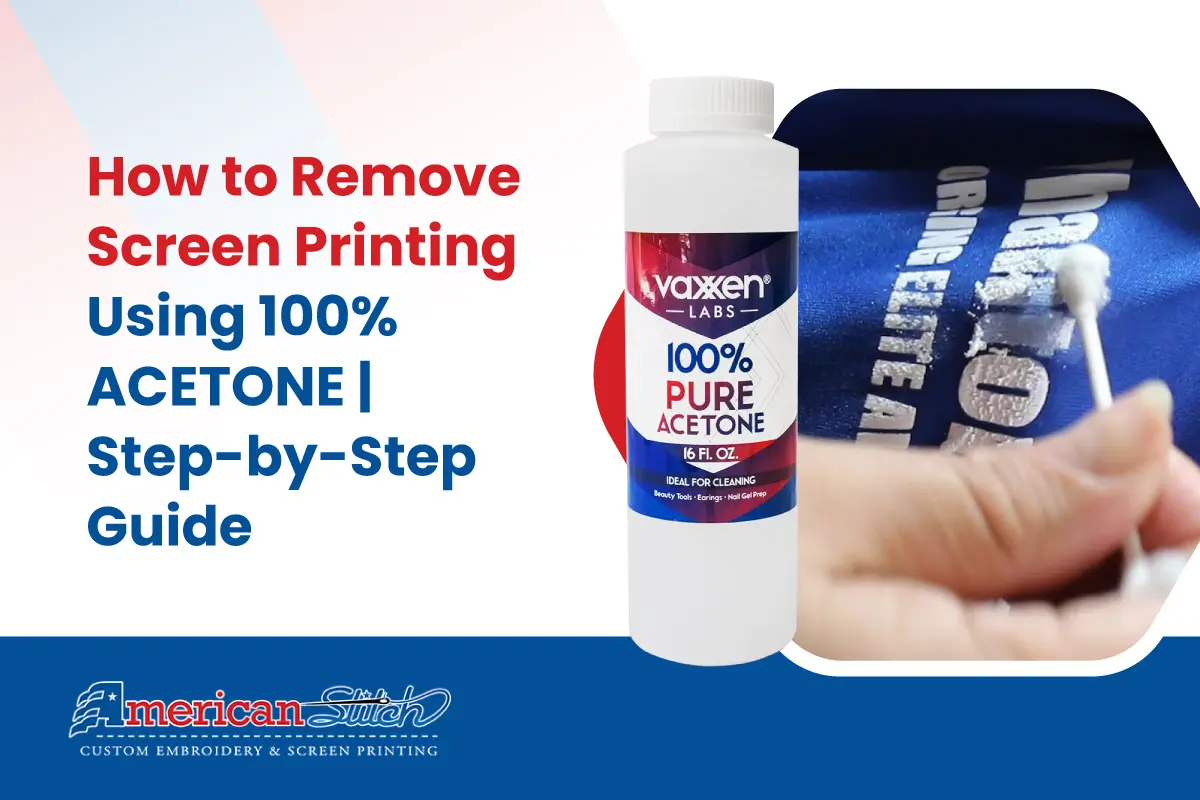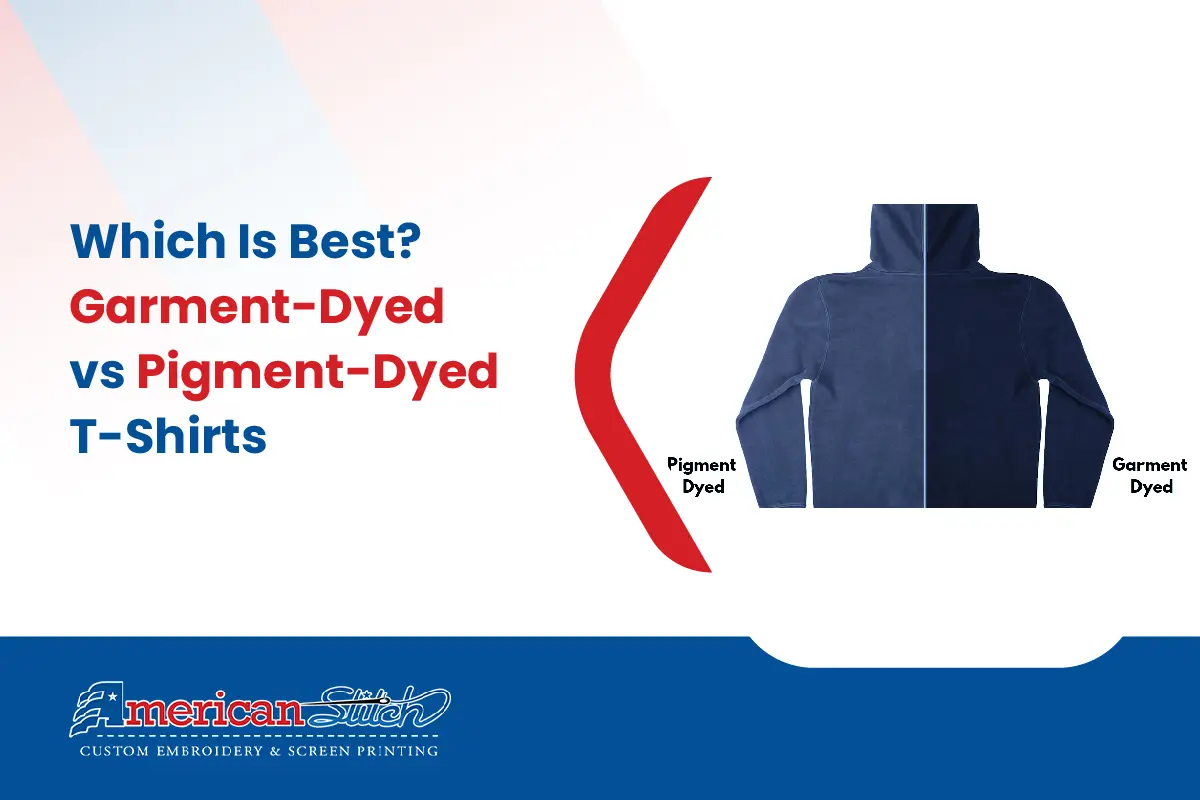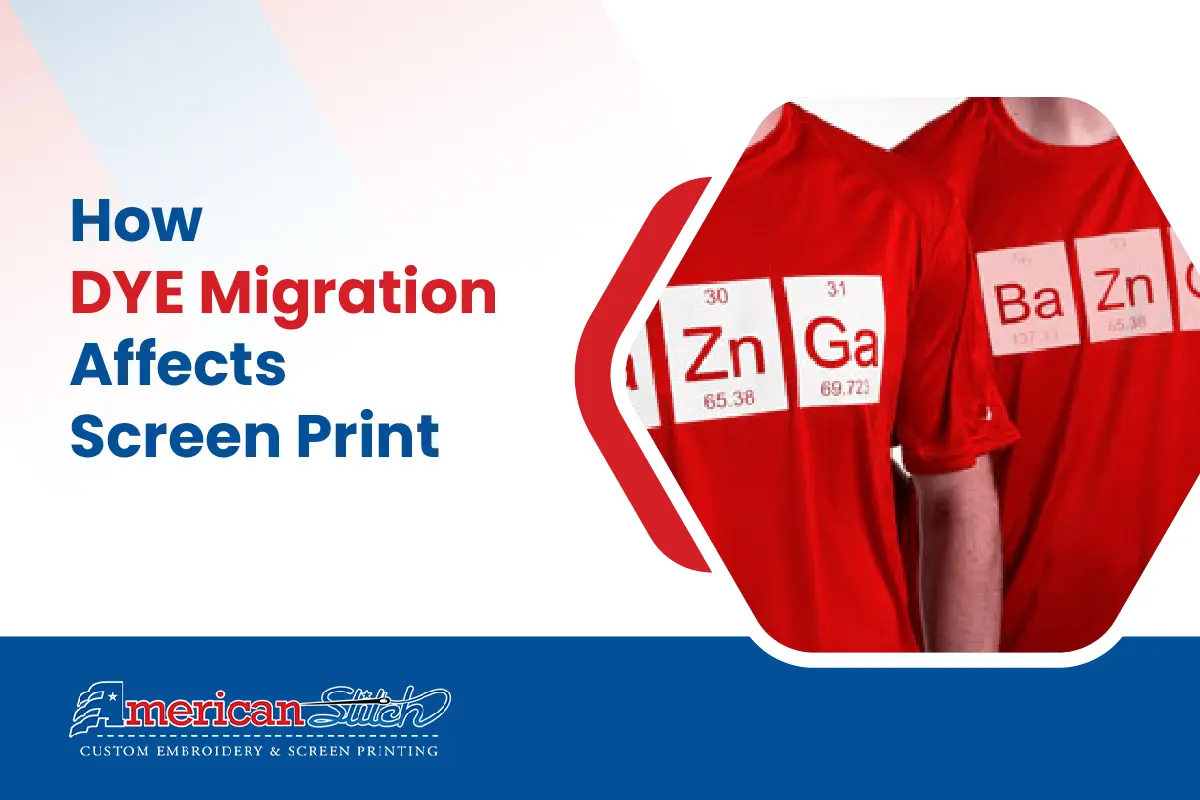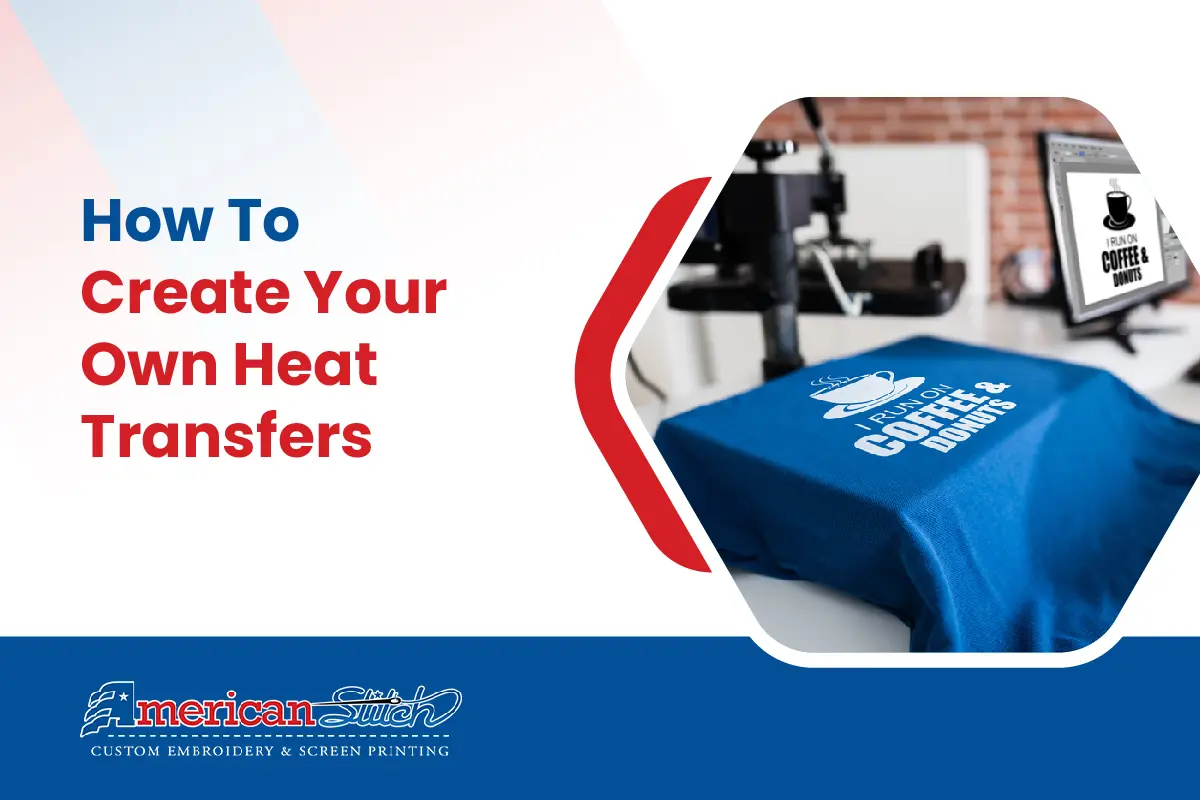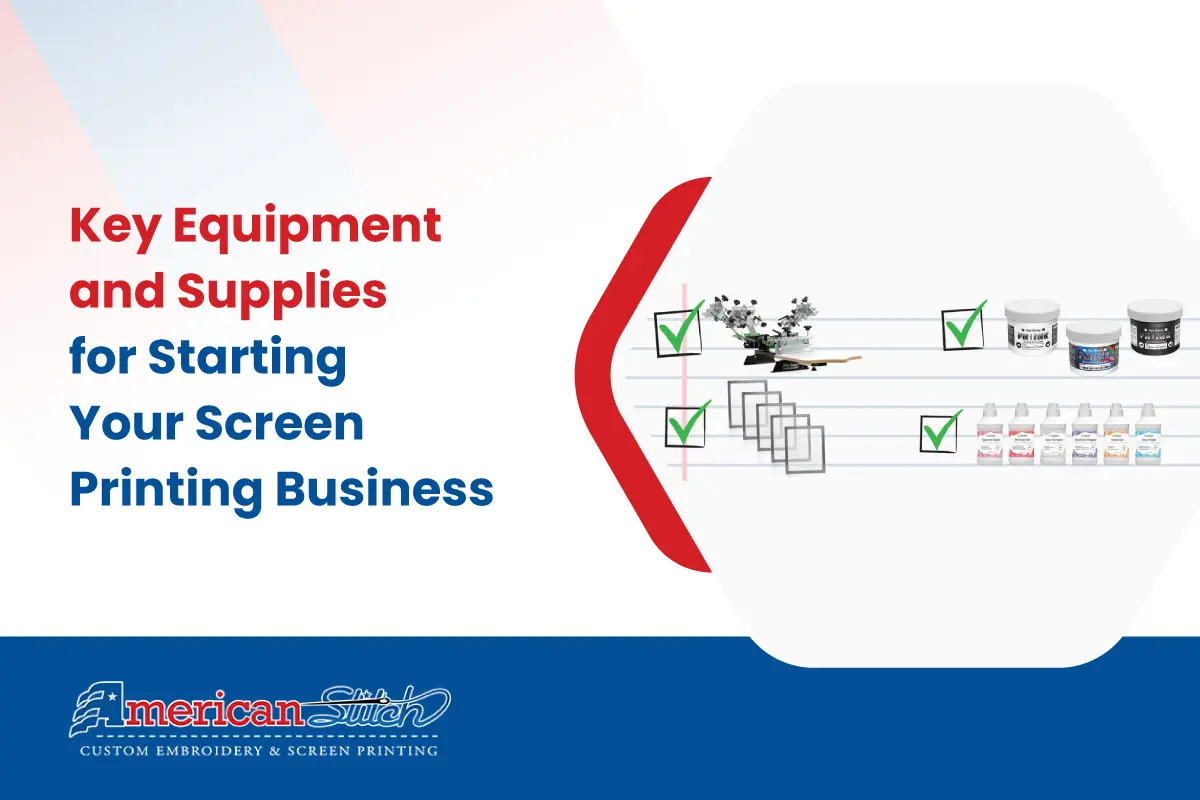Learn how to effectively remove screen printing using 100% acetone. Follow our detailed guide to safely and efficiently remove unwanted designs from clothing. Say goodbye to old prints with this expert method.
Table of Contents
Introduction
When it comes to giving new life to clothing with unwanted screen prints, the power of 100% acetone cannot be overlooked. This guide is your compass through the process of removing screen printing using this potent solvent.
Acetone, known for its ability to dissolve substances like ink, is a valuable tool in reclaiming garments for a fresh canvas. Whether you have a shirt with a design you’ve outgrown or a thrifted find with a print you’d prefer to bid farewell to, the following steps will unveil the process of harnessing acetone’s ink-breaking prowess.
Prepare to witness the transformation as we delve into the intricacies of how 100% acetone can give your clothing a new lease on life by effectively removing screen printing.
Understanding Acetone and Screen Printing
Acetone is a powerful and versatile solvent commonly used in various industrial and household applications. It is renowned for dissolving a wide range of substances, including many types of inks and dyes. In the context of screen printing removal, acetone’s chemical properties make it an effective tool for breaking down and removing ink from fabrics.
Regarding screen printing, various types of inks are used, including plastisol, water-based, and discharge inks. Each of these inks has distinct properties that determine how they interact with acetone:
Plastisol Ink
Plastisol ink is widely used in screen printing due to its durability and vibrancy. Acetone can effectively break down plastisol ink, making it a suitable solvent for removing prints created with this type of ink. However, as plastisol ink is quite resilient, the process may require patience and a careful approach.
Water-Based Ink
Water-based ink is more environmentally friendly and has a softer feel on fabrics. Acetone’s effectiveness in removing water-based ink can vary depending on factors such as the ink’s composition and the fabric type. In some cases, water-based ink may be less reactive to acetone compared to plastisol ink.
Discharge Ink
Discharge ink is used to create a soft, breathable print by removing the dye from the fabric’s fibers. While acetone can break down some types of discharge inks, the process can be more complex due to the ink’s chemistry. It’s important to test a small, hidden area of the fabric before attempting removal.
In essence, acetone’s molecular structure enables it to break down the bonds within the ink, gradually dissolving and lifting the ink particles from the fabric. However, it’s crucial to note that acetone is a strong solvent and should be used with caution, especially on delicate fabrics.
Additionally, acetone’s effectiveness can vary based on factors such as ink composition, fabric type, and the printing technique used. As you embark on the journey of removing screen printing, understanding how acetone interacts with different inks will empower you to approach the process with confidence and precision.
Preparing for Remove Screen Printing Using 100% Acetone
Before delving into the screen printing removal process using 100% acetone, it’s essential to gather the necessary materials and set up a safe and well-ventilated work area. This proactive approach ensures that the process goes smoothly while prioritizing your safety.
Materials You’ll Need
- 100% Acetone: Acetone is the star of this process. Ensure that you have a sufficient amount to cover the area of the screen print you intend to remove.
- Cotton Balls or Cloth: These will be your tools for applying acetone to the fabric. Cotton balls are useful for smaller areas, while cloth is better for larger sections.
- Gloves: Acetone is a strong solvent that can potentially irritate the skin. Wearing gloves provides a protective barrier while you work.
Setting Up Your Work Area
- Ventilation is Key: Acetone can release strong fumes that might be harmful if inhaled in high concentrations. Work in a well-ventilated area, preferably outdoors if possible. If indoors, open windows and doors to ensure proper air circulation.
- Protective Measures: Lay down a protective covering on your work surface to catch any drips or spills. This could be an old towel or disposable plastic sheeting.
- Safety First: Acetone is flammable, so keep away from open flames or heat sources. Ensure that your workspace is free from any potential fire hazards.
- Stay Organized: Arrange your materials in a convenient and accessible manner. This will save you time during the process and minimize disruptions.
Taking these preliminary steps not only ensures your safety but also contributes to the overall efficiency of the screen printing removal process. By having all the necessary materials at hand and creating an environment conducive to safe work, you’ll be well-prepared to embark on the journey of transforming your garments through acetone-powered ink removal.
10 Easy Step-by-Step Guide For Removing Screen Printing
Now that you’re all set up and ready, let’s dive into the step-by-step process of removing screen printing using 100% acetone. This method can effectively break down the ink but remember to approach it with caution and patience for the best results.
1st – Prep Your Fabric
Lay the garment flat on your work surface, ensuring the screen-printed area is easily accessible. If you’re working on a larger item like a shirt, you might want to place a barrier inside the garment to prevent the acetone from seeping through to the other side.
2nd – Wear Gloves
Put on your gloves to protect your skin from the potent acetone.
3rd – Soak the Cotton Ball or Cloth
Pour a small amount of 100% acetone into a container. Dip a cotton ball or cloth into the acetone, ensuring it’s damp but not soaking.
4th – Gently Rub the Area
Begin by gently rubbing the damp cotton ball or cloth over the screen-printed area. The acetone will start breaking down the ink, causing it to soften and lift.
5th – Apply Slight Pressure
As the ink begins to loosen, apply a slightly firmer but still gentle pressure. You’ll notice the ink transferring onto the cotton ball or cloth.
6th – Repeat as Needed
Depending on the thickness of the ink and the size of the print, you might need to repeat the process several times. Be patient and avoid rushing, as excessive rubbing could damage the fabric.
7th – Scrape Off Residue
Use a dull knife or your fingernail to gently scrape off the loosened ink. Be careful not to scratch or damage the fabric in the process.
8th – Wipe Clean
Once you’ve removed as much ink as possible, take a clean cloth dampened with water and wipe the area to remove any remaining acetone or ink residue.
9th – Wash the Garment
To ensure all traces of acetone and ink are gone, wash the garment according to its care instructions. This will also help to restore the fabric’s texture.
10th – Inspect and Repeat if Necessary
After washing, inspect the area to ensure all ink has been successfully removed. If traces remain, you can repeat the process until you achieve the desired result.
Remember, patience is key during this process. Rushing or applying excessive pressure could damage the fabric or cause the ink to spread. By following this step-by-step guide with care, you’ll have a higher chance of effectively removing the screen printing and revitalizing your garment.
Post-Removal Care and Cleaning
After successfully removing the screen printing using acetone, it’s crucial to give your garment some post-removal care to ensure it remains in good condition:
1. Rinsing the Garment Thoroughly
Start by rinsing the garment thoroughly under cold running water. This will help remove any residual acetone from the fabric. Ensure that all traces of acetone are washed away.
2. Gentle Hand-Washing
- Next, fill a basin or sink with cold water and add a small amount of mild detergent. Submerge the garment in the soapy water
- Gently agitate the water to create suds, and then allow the garment to soak for about 10-15 minutes. This step helps remove any remaining ink particles and ensures the fabric is clean.
3. Light Scrubbing (If Necessary)
If there are still ink remnants or stains, you can gently scrub the affected area with a soft-bristle brush or a clean cloth. Be cautious not to be too aggressive to prevent damaging the fabric.
4. Rinse Thoroughly Again
After hand-washing, rinse the garment once more under cold running water until all the detergent is washed out.
5. Air Drying
Finally, allow the garment to air dry. Avoid using high heat settings on dryers, as excessive heat can set any remaining ink stains or weaken the fabric. Instead, hang the garment or lay it flat to dry.
By following these post-removal care steps, you’ll help maintain the integrity and appearance of your garment. It’s essential to ensure that all traces of acetone and ink are thoroughly removed during the cleaning process.
7 Tips for Successfully Using Acetone to Remove Screen Printing
While using acetone to remove screen printing can be effective, it’s important to exercise caution and follow these tips to achieve the best results:
1. Use Acetone Sparingly
Acetone is a powerful solvent, and a little goes a long way. Start with a small amount and add more if necessary. Using excessive acetone can damage the fabric or cause color bleeding.
2. Apply Acetone in a Controlled Manner
Apply acetone only to the area with the screen printing you want to remove. Avoid getting acetone on other parts of the fabric, as it may damage the color or texture.
3. Test on a Hidden Area
Before applying acetone to the visible part of the fabric, test it on a small, inconspicuous area. This test will help you determine if the acetone reacts negatively with the fabric or causes any color fading.
4. Be Patient
Acetone takes time to break down the ink. Allow it to sit on the fabric for a few minutes before attempting to scrub or remove the ink. Rushing the process may not yield effective results.
5. Avoid Aggressive Scrubbing
While scrubbing is necessary to remove loosened ink particles, avoid aggressive scrubbing that could damage the fabric fibers. Use a gentle touch and be patient as you work.
6. Rinse Thoroughly
After the ink removal process, ensure you rinse the garment thoroughly under cold running water. This helps eliminate any residual acetone and prevents damage.
7. Dry Naturally
Allow the garment to air dry naturally after cleaning. Avoid high heat settings in dryers, as excessive heat can set ink stains or damage the fabric.
By following these tips, you can successfully remove screen printing using acetone while safeguarding the fabric’s quality and appearance.
When to Seek Professional Help
While removing screen printing using acetone can be a cost-effective and efficient method, there are instances when seeking professional assistance is recommended:
1. Delicate Fabrics
If the fabric is delicate, sensitive to chemicals, or prone to color bleeding, it’s best to consult a professional cleaner. They have the expertise to handle sensitive fabrics without causing damage.
2. Valuable or Vintage Items
Valuable or vintage garments hold sentimental or financial value. Attempting DIY methods on such items can lead to irreversible damage. A professional cleaner with experience in handling delicate items can ensure their preservation.
3. Complex Designs
If the screen printing features complex or intricate designs, seeking professional help is advisable. Professionals have the skills to navigate intricate patterns without compromising the fabric.
4. Uncertain Fabric Reaction
If you’re uncertain about how the fabric will react to acetone or the removal process, it’s safer to consult professionals. They can perform tests to determine the fabric’s compatibility with acetone.
5. Large or Challenging Stains
Large or stubborn ink stains may require specialized equipment and techniques to ensure complete removal. Professionals are equipped to handle challenging stains effectively.
6. Limited Experience
If you’re not confident in your DIY skills or lack experience in fabric care, it’s wise to entrust the task to professionals who are trained in stain removal and garment care.
In situations where the fabric is valuable and delicate, or the stain is particularly challenging, the expertise of a professional cleaner can help you achieve the best results without risking damage to your garments. Always consider the item’s value and condition before attempting DIY removal methods.
9 Safety Precautions for Removing Screen Printing
Removing screen printing using acetone involves working with a chemical solvent. To ensure your safety and well-being, follow these essential safety precautions:
1. Work in a Well-Ventilated Area
Acetone emits strong fumes that can be harmful when inhaled. It’s crucial to work in a well-ventilated area, such as outdoors or in a room with open windows and good airflow.
2. Wear Protective Gear
Always wear protective gear to prevent direct contact with acetone. Disposable gloves and safety goggles are recommended to shield your skin and eyes from potential exposure.
3. Avoid Open Flames
Acetone is highly flammable. Keep away from open flames, sparks, and heat sources while using acetone.
4. No Smoking
Refrain from smoking while using acetone, as it poses a significant fire hazard.
5. Keep Out of Reach
Store acetone out of reach of children and pets. It should be stored in a cool, well-ventilated area away from direct sunlight.
6. Dispose Properly
Dispose of used cotton balls, cloths, and containers containing acetone properly. Check your local regulations for safe disposal methods.
7. Test Sensitivity
Before using acetone on a large area, perform a sensitivity test on a small, inconspicuous part of the fabric. This helps you ensure that the fabric and dye can tolerate the acetone without adverse reactions.
8. First Aid Kit
Keep a first aid kit handy in case of accidental spills or exposure. If skin or eye contact occurs, rinse thoroughly with water and seek medical attention if necessary.
Remember, your safety is a top priority when working with any chemicals. By adhering to these safety precautions, you can confidently and safely remove screen printing using acetone at home.
Alternative Methods
While acetone is effective for removing screen printing from many fabrics, there are alternative methods you can explore if acetone isn’t suitable for your specific fabric. Here are a couple of alternative options:
1. Rubbing Alcohol
Rubbing alcohol (isopropyl alcohol) can be an alternative to acetone. It’s milder and less harsh on fabrics. Follow a similar process by dabbing the alcohol-soaked cloth onto the printed area and gently scrubbing.
2. Commercial Ink Removers
There are commercial ink removers available specifically designed for fabric. These products are formulated to break down ink without damaging the fabric. Follow the instructions provided on the product packaging.
3. Professional Services
If you’re uncertain about using DIY methods, or if you have valuable or delicate items, it’s advisable to seek professional services. Professional fabric cleaners and dry cleaners have experience in handling different fabrics and stains.
Remember that each fabric type and printing ink may react differently to different methods. Always perform a small test in an inconspicuous area before attempting any removal method on a larger, more visible part of the fabric. This ensures that the chosen method is safe for your fabric and doesn’t cause any unintended damage.
Conclusion
Removing unwanted screen printing from a shirt using 100% acetone can be a straightforward and effective process when done correctly. By following the step-by-step guide outlined in this article, you can achieve impressive results and give your garments a fresh start.
Remember, acetone is a powerful solvent, and proper precautions are essential to ensure safety and protect the fabric. Ventilation and protective gear are crucial when working with acetone. Additionally, testing on a small, hidden area of the fabric helps you gauge the fabric’s reaction and the effectiveness of the method.
By mastering the process of using 100% acetone for screen print removal, you gain the ability to transform garments that no longer fit your style or need. You’re also contributing to sustainable fashion practices by giving garments a new lease on life, reducing waste, and embracing a DIY approach.
So, the next time you come across a shirt with unwanted screen printing, remember that you have the knowledge and expertise to make it vanish and breathe new life into your wardrobe. With the right precautions, a little patience, and the power of acetone, you can achieve stunning results and enjoy your clothing in its refreshed state.

